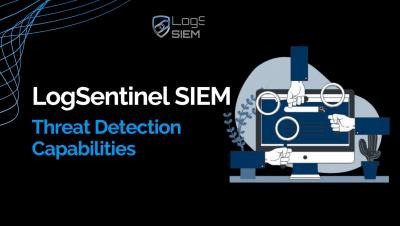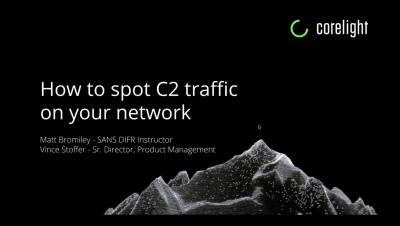Security | Threat Detection | Cyberattacks | DevSecOps | Compliance
Threat Detection
Sending Detections to a Slack Channel
Detect security threats with anomaly detection rules
Securing your environment requires being able to quickly detect abnormal activity that could represent a threat. But today’s modern cloud infrastructure is large, complex, and can generate vast volumes of logs. This makes it difficult to determine what activity is normal and harder to identify anomalous behavior. Now, in addition to threshold and new term –based Threat Detection Rules , Datadog Security Monitoring provides the ability to create anomaly
LogSentinel Threat Detection Capabilities
Why social graphs won't save you from account takeover attacks
Account takeover (ATO) is a dangerous form of business email compromise (BEC). Attackers gain access to a legitimate email account within an organisation, often by stealing credentials through spear phishing. They’ll then send emails from the compromised account with the goal of getting a fraudulent payment authorised or accessing sensitive data to exfiltrate.











